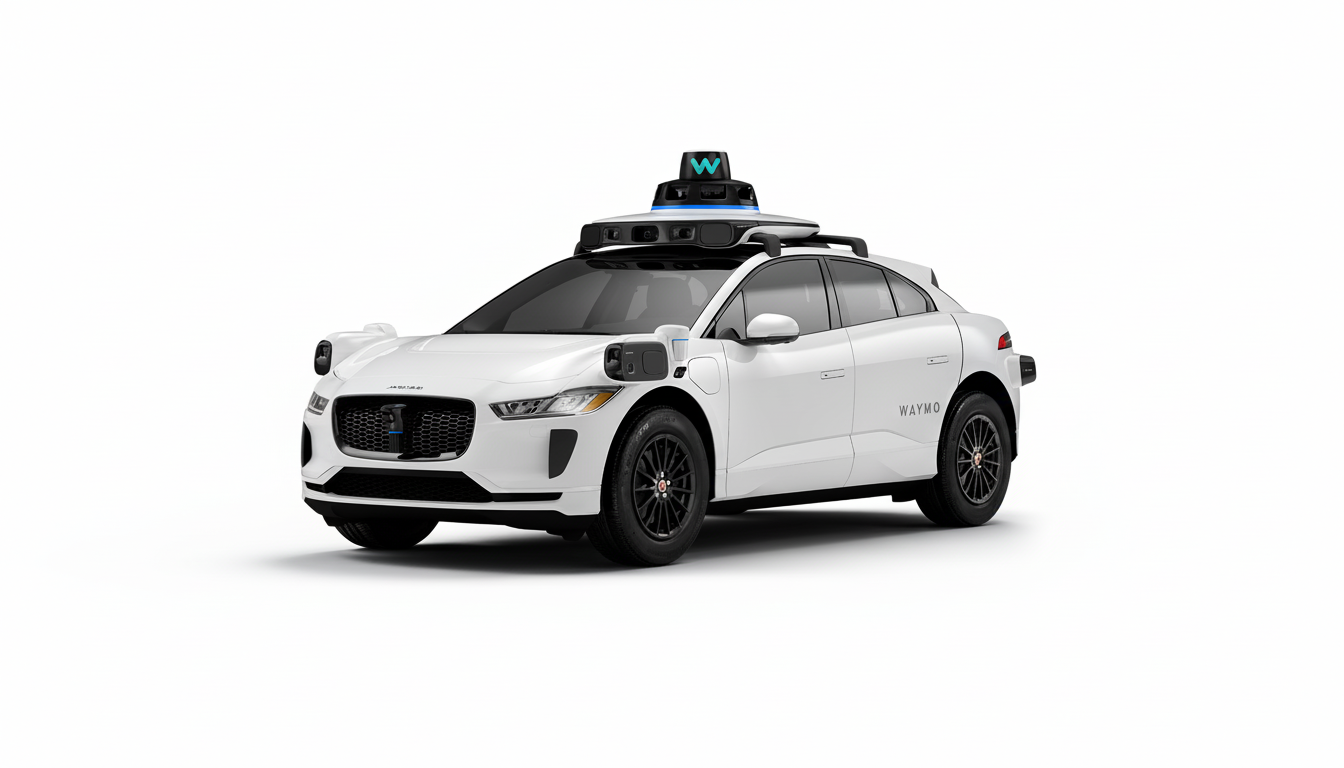A beloved San Francisco shop cat known as KitKat has died after a run-in with a driverless Waymo vehicle, leading to an outpouring of grief and memorials on social media across the Mission District, from neighbors to regulars and admirers.
Affectionately known as the “mayor of 16th Street businesses” at Randa’s Market, customers used to flock to the place for the orange tabby feline rather than groceries. The cat’s longtime presence outside the store and friendly demeanor have now prompted a vigil and tears.

What Happened Outside Randa’s Market on 16th Street
Zeidan reported to The San Francisco Standard that the Waymo autonomous vehicle immediately hit KitKat. According to the city’s anonymous 311 complaint to The Standard, the autonomous car was not aware of the situation, not even slowing or attempting to avoid the gentle cat. The cat was retrieved from beneath the vehicle and rushed to the veterinarian, where veterinarians pronounced the cat dead.
The following morning, several candles, handwritten notes, and even candy bars arranged in honor of the late cat started appearing on the sidewalk. Customers shared numerous stories of the cat either relaxing in the doorway or clinging to the counter’s leg, a familiar routine that helped the store thrive.
Grief Goes Viral Across Platforms After KitKat’s Death
Randa’s Market added a memorial to their Instagram, stating that KitKat “brought warmth, smiles, and comfort to everyone who walked through our doors.” The post garnered thousands of reactions in a matter of hours, demonstrating that a neighborhood cat can be as much a landmark in shaping a location’s spirit.
On TikTok, a video depicting the flowered shrine and photographs of KitKat accumulated hundreds of thousands of likes, while one commenter added, “If you knew KitKat, you would understand.” In addition, locals shared saved clips of the feline as it approached guests; these bite-sized recollections emphasized how much joy a friendly neighborhood cat and the soft nudge for attention once brought.
Waymo’s response and broader autonomous vehicle debate
Waymo’s response was as follows: “Our vehicle was halted to pick up passengers when a local cat dashed under our vehicle as it drove away.” The company offered its condolences to KitKat’s owner and community and promised to donate to a local animal rights association in the cat’s name. Waymo did not acknowledge responsibility for the occurrence, nor did a federal office acknowledge it.

Tragic cases raise difficult questions regarding how AVs can see and react quickly to small, territorial, rapidly moving creatures. AVs utilize radar, cameras, and lidar, but there are limitations in some areas along the bumper and profile, and with unpredictable behavior. Many IEEE studies and other publications have analyzed common edge cases, specifically where things appear unexpectedly from beneath stopped vehicles or start up nearby.
While most reported collisions with AVs are minor and often occur at low speeds, animal incidents represent a small but emotionally charged subset of cases, and such accidents often receive local news coverage and social media attention. Another San Francisco incident in 2023 saw a Waymo vehicle hit and kill a small dog, according to the company’s statements provided through multiple news sources. These events are expected to continue to have an impact on the broader debate over how driverless car fleets will navigate interactions with vulnerable road users.
Community cats are a frequent sight at San Francisco storefronts and are adored mascots and efficient mousers. City animal welfare organizations, including San Francisco Animal Care & Control, frequently advise cat owners that urban traffic may be dangerous and note that people still allow their cats to go outdoors despite the warnings. Thus, KitKat was a social media personality thanks to Randa’s Market posts, making that counsel a life lesson to his San Francisco neighbors.
Calls for testing standards and protecting urban animals
The grief around KitKat is frequently discussed not only as mourning a pet but also as about the neighborhood’s social fabric: ordinary routines, familiar faces, and well-known streets. In a situation where technology supposedly made traffic more secure yet is linked with losing touch with local culture, it seems particularly troublesome to bridge the chasm between breakthrough and mundanity. Waymo said it is investigating the incident, and municipal agencies have apparently logged local concerns. Official conclusions will likely occur through California’s present AV accident reporting process. This framework includes incident notifications from the DMV and assessments from the National Highway Traffic Safety Administration (when requested to investigate AV performance).
Other than that, those who fight not only to make the streets safer but also for animal rights have been calling for AV test requirements — both for perception-based and close-proximity methods during testing around small animals, and for releasing more detailed information about incident reports that include pets and wildlife. But, at the moment, the neighbors are only remembering the store guardian whose presence on 16th Street made the street feel like home.

